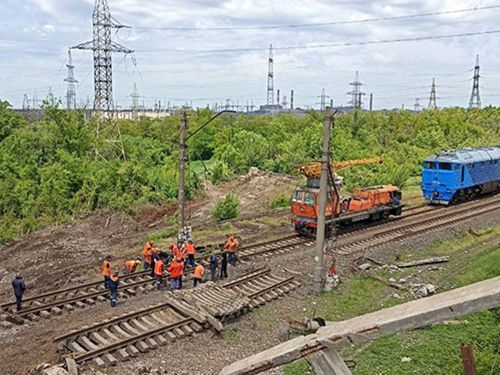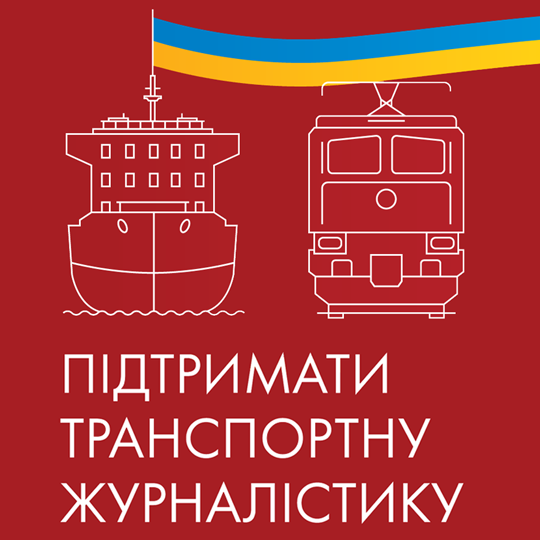The fact that the Russians were able to restore the railroad in the temporarily occupied territory of the Donetsk region between Mariupol and Volnovakha is a bad sign for Ukraine because it will allow the occupiers to improve their military logistics and increase the volume of stolen goods exported through the port of Mariupol.
Petro Andriuschenko, an aide to the mayor of Mariupol, is quoted as saying this in the article “From Rostov to Crimea: How the Russians are Building a Logistics Corridor Through Occupied Ukrainian Pryazovia,” the CFTS portal reports.
“The railroad from Volnovakha to Mariupol already existed and was in good condition. The Russians had to do most of the work in the city of Mariupol itself, from the railway station to the Mariupol-Sortuvalna station. They hardly involved the local population in the work. They brought in workers from Russia, and it took them about a year to clear the tracks and restore the connection,” Andriuschenko told the CFTS portal.
“Now that they have done it, this development unfortunately means a change in the situation for Ukraine. From a commercial logistics standpoint, this railroad will facilitate the transportation of kaolin, coal and ore residues, and scrap metal to the port in much larger quantities,” he added.
However, according to him, the primary threat is military logistics because the railroad will greatly streamline the occupiers' logistics to the front lines. They will also be able to hide military equipment, vehicles, and iron ore on the territory of the Illich Iron and Steel Works, for example, if they have a railroad and the huge enclosed territory of the iron and steel works.
Ihor Barskyi, director of the Mariupol Commercial Seaport, added that after the Azovstal iron and steel works was essentially destroyed, the port is now the only place near Mariupol where railway rolling stock can be handled. According to him, both loading and unloading operations can be performed there.
“The port has all the infrastructure necessary to do this, such as ramps for unloading heavy wheeled and tracked vehicles, etc. The port could serve as a backup option for the Russian army if, for example, the Kerch Bridge suddenly ceased to exist or as an additional route to reinforce the existing logistics. Before the occupation and the start of the war in 2014, the Volnovakha - Mariupol railway line had a capacity of over 50 pairs of trains per day. In addition, there is electrification, traffic automation, and the existence of large classification yards such as Karan and Kalchik along the route. If the Russians start using these capabilities, it will definitely not bring our victory and the end of the occupation of the region any closer,” Barskyi said.
Recently, Andriuschenko said the railroad section connecting Volnovakha with Rostov-on-Don in Russia could be operational in early June.




